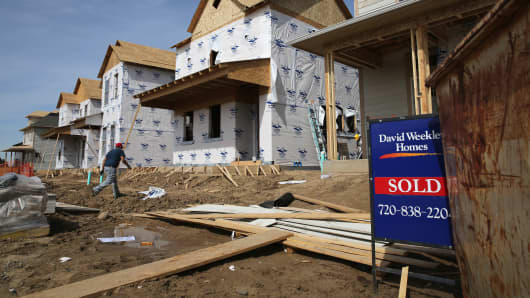U.S. housing starts rose less than expected in May, likely reflecting labor and material constraints, but the overall trend remained consistent with strength in the housing market.
Meanwhile, U.S. consumer prices rose in May and a gauge of underlying price pressures showed signs of stabilizing after a long decline, a potential comfort to Federal Reserve policymakers who would like to see stronger inflation.
Though permits for future home construction fell, that followed a surge in April, which hoisted them above the 1 million-unit mark. The pullback last month reflected a drop in the volatile multi-family sector, but permits for single-family construction touched their highest level in five years.
The Commerce Department said on Tuesday housing starts rose 6.8 percent to a seasonally adjusted annual rate of 914,000 units. April's starts were revised up to show a 856,000-unit pace instead of the previously reported 853,000 units.
Economists polled by Reuters had expected groundbreaking to rise to a 950,000-unit rate last month.
(Read More: Home Builder Confidence at 7-Year High)





